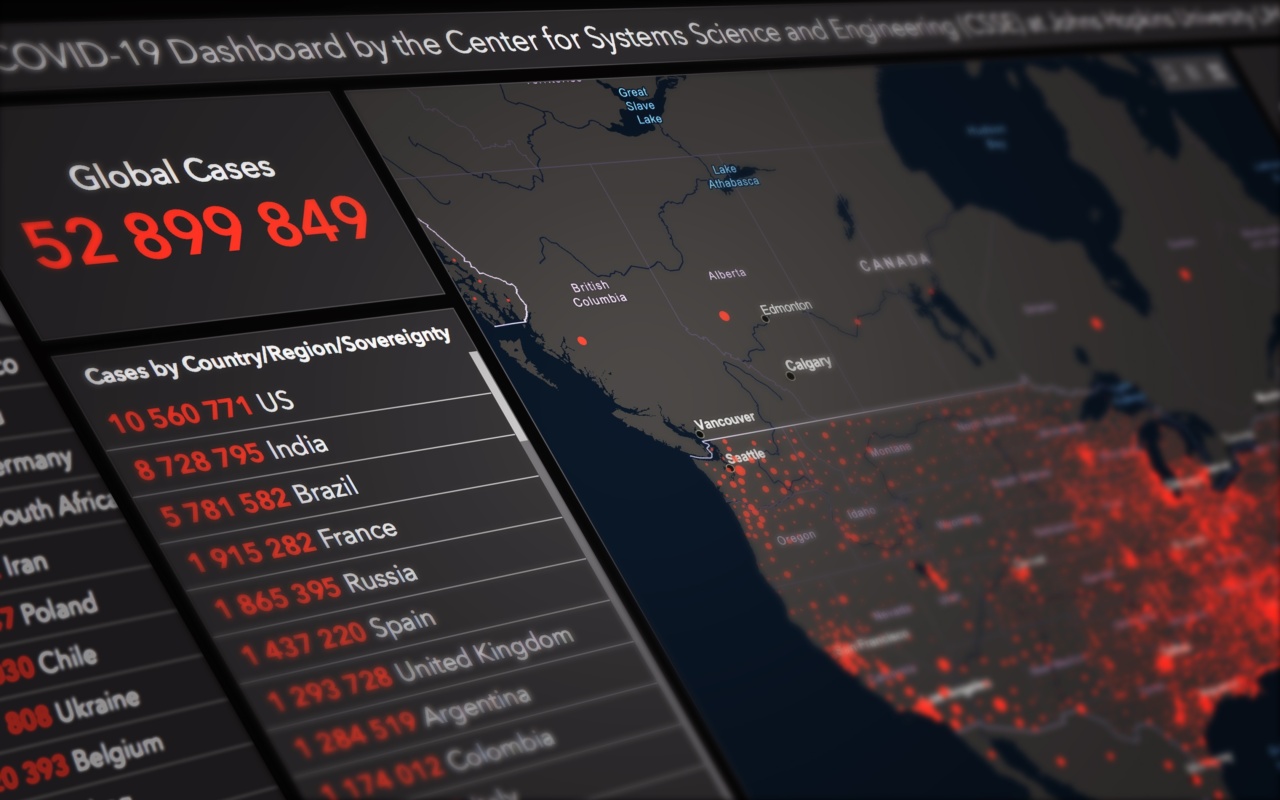Myopia, also known as nearsightedness, is a condition in which the individual can see nearby objects clearly, but distant objects appear blurry. It is a growing concern worldwide, affecting more than two billion people globally.
According to the World Health Organization (WHO), approximately half of the world’s population will become myopic by 2050 if the current trend continues. Therefore, the BBC conducted comprehensive research to shed light on this global epidemic and its impact on the world’s population.
Causes of Myopia
The increase in myopia prevalence is attributed to environmental and lifestyle changes. Children are spending more time indoors playing video games, watching TV, or studying rather than participating in outdoor activities.
Lack of exposure to natural light and physical activity is believed to be contributing to the development of myopia. Additionally, long periods of near-work, such as reading or using electronic devices, can cause eye strain and fatigue, leading to myopia.
Geographical Differences
The prevalence of myopia varies widely across the globe. East and Southeast Asia have the highest rates, with up to 90% of young adults being nearsighted. In comparison, North America’s prevalence is around 20%.
However, the number of cases in the US has also been increasing year on year, making myopia a concern for policymakers and healthcare providers.
Impact of Myopia
Myopia is not just an inconvenience for individuals; it has significant health implications. High myopia has been linked to an increased risk of serious vision-threatening conditions, such as cataracts, glaucoma, and retinal detachment.
Additionally, myopia can affect individuals’ quality of life, leading to constraints on employment, education, and social functioning. Therefore, the financial implications of the significant global epidemic of myopia on economies and healthcare systems are enormous.
Treatment and Prevention of Myopia
There are several treatment options for myopia, including corrective lenses, contact lenses, and refractive surgery. However, none of these treatments are a cure for myopia. Therefore, prevention measures are crucial to reducing its development.
The WHO recommends at least two hours of outdoor activity a day to prevent myopia. Research indicates that exposure to natural light can slow down or even halt the progression of myopia in children. Studies show that exposure to at least 14 hours of sunlight per week can reduce the risk of myopia by 50%.
Additionally, limit time spent on electronic devices and prioritize regular breaks from near-work.
Impact of Covid-19 Pandemic on Myopia
The Covid-19 pandemic has certainly impacted people’s lifestyles and increased the incidence of myopia. With lockdowns and social distancing measures enforced globally, individuals are spending more time indoors.
Remote work, online learning, and virtual communication have significantly increased screen time, causing eye strain and fatigue. Children’s physical activity has also been adversely affected, leading to restricting their outdoor activities and contributing significantly to the development of myopia.
Conclusion
The latest findings by BBC research highlight the significant global epidemic of myopia and its potential impact on the world’s population. Myopia is a multifaceted problem, resulting from environmental and lifestyle changes.
Therefore, policymakers, healthcare providers, and individuals need to work together to prevent and manage myopia. Adding a few hours of outdoor activities, reducing screen time, and prioritizing regular eye checkups can significantly reduce the risk of developing myopia.
Myopia prevention and management require a multifaceted approach that includes individual, community, and government-level interventions.





























